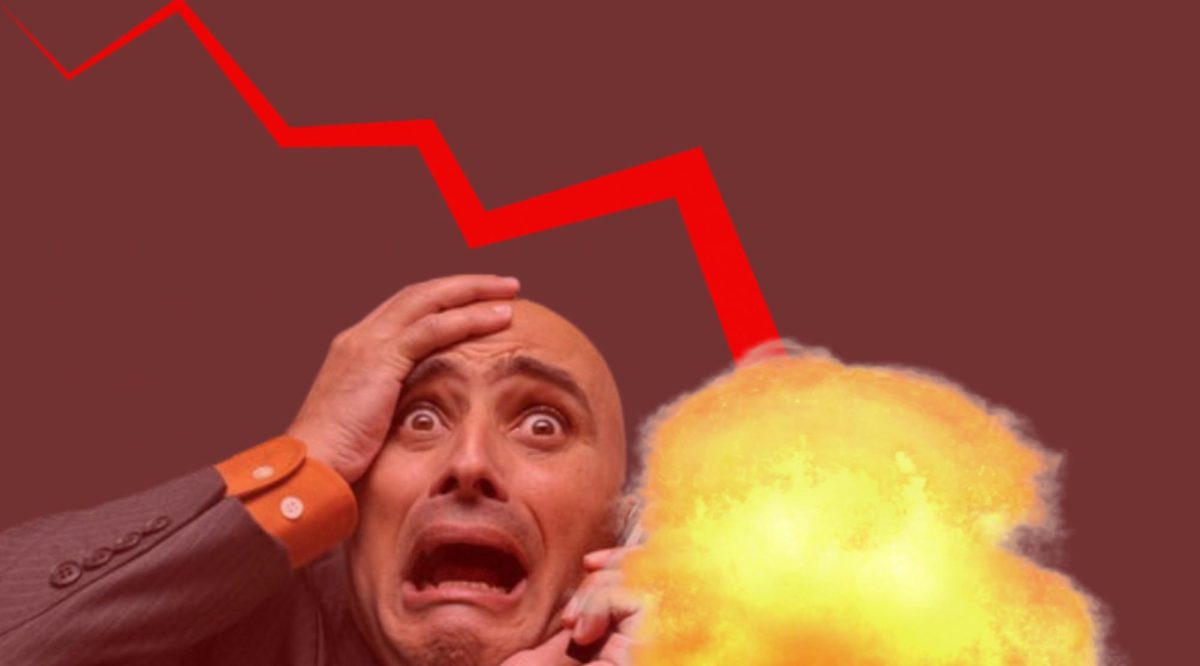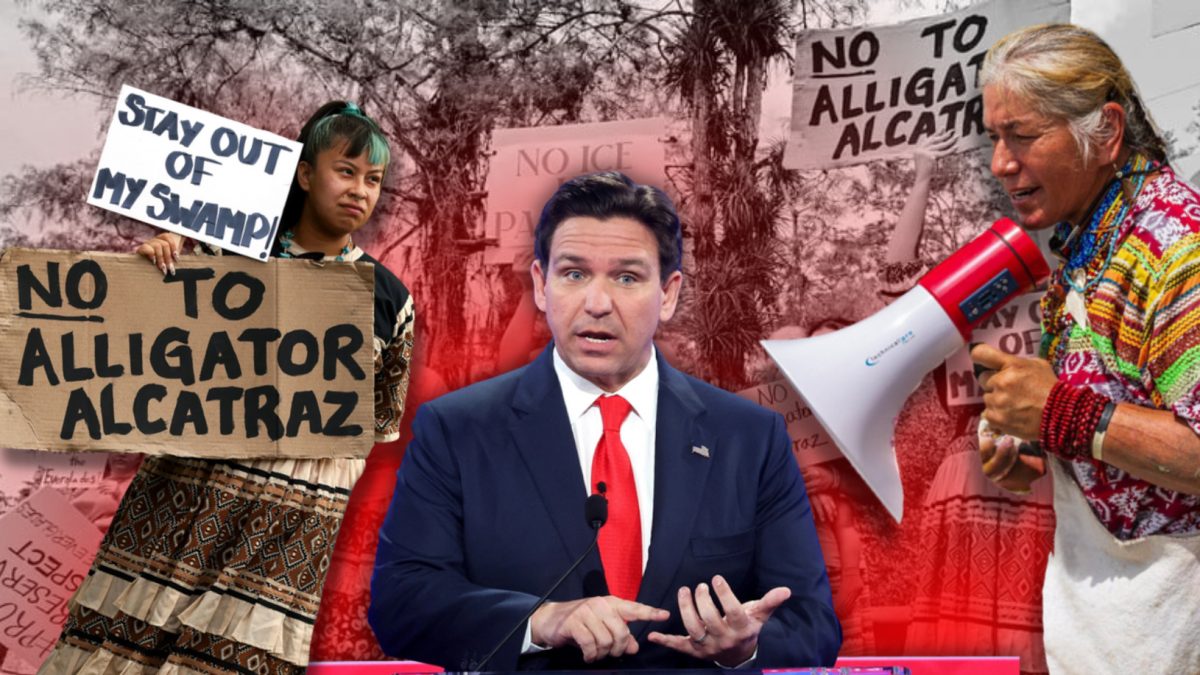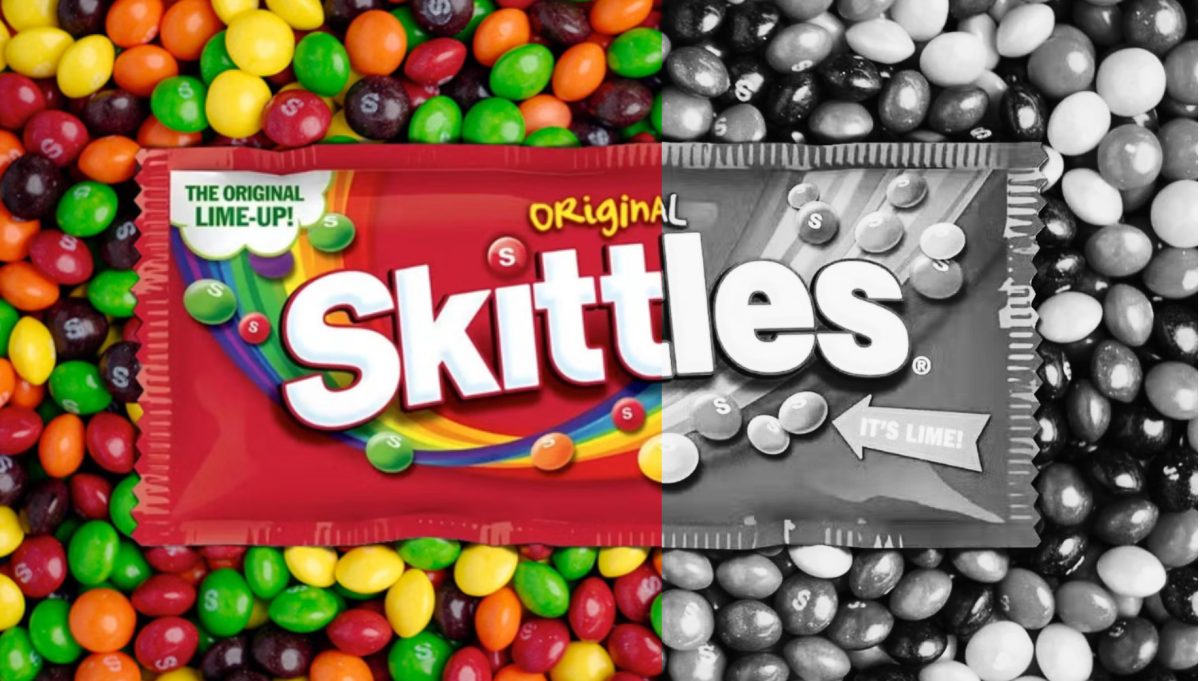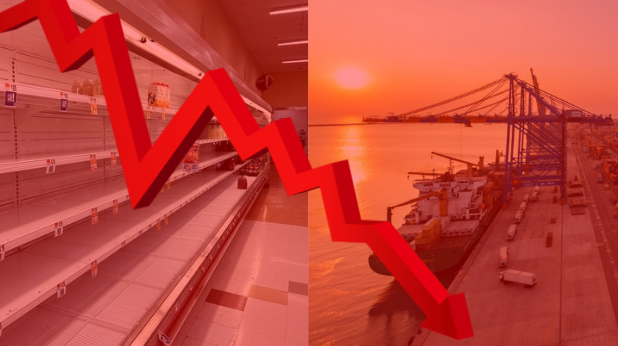On April 2nd, a day the Trump administration dubbed “Liberation Day”, a multitude of tariffs were levied against every single country on Earth. From Chinese mountaintops to the Saharan Desert, A base tariff of 10% was levied against the most nations on the planet. Tariffs of varying ranges were levied against other major nations as well, such a tariff of 20% being placed on the European Union, 46% on Vietnam, and eventually a 145% tariff on China, the United State’s 3rd largest trading partner. According to economists, these tariffs were “much worse than expected”. The shock was felt almost immediately in the markets. Over the course of 4 days, the Dow Jones fell about 4,500 points, the third largest drop of points in its history. The USD lost 5 cents in value compared to the Euro. Crude oil fell below $62.00. The CNN Greed & Fear Index fell to the single digits. Wall Street was in a major panic as many began forecasting a recession greater than 2008 with possible losses of up to 30,000 points.
However, Trump began backtracking on some of his statements on the tariffs. While originally stating that they were to be permanent and unchanging, he later announced his willingness to negotiate. A torrent of nations went to Washington to seek greater ties and tariff agreements with the administration. However, as of April 20th, no deals have officially been made. Adding to the confusion, stories have come out of tariffs not being collected at US ports of entry, supposedly because Elon Musk and DOGE fired them. Despite this, the market rallied significantly, recovering 2,000 points in one day. However, the markets overall are still down about another 2,000 points.
Since then, the markets have been very unstable. One day, losses are recovered. The next day, all gains are wiped out. Things have remained relatively stagnant, sparking concerns of stagflation hitting the United States. Recently though, Trump has been increasing his threats and attacks against Jerome Powell, Chair of the Federal Reserve. Trump has advocated for lower interest rates, threatening to fire Powell. However, this policy would exacerbate the problems at hand, possibly leading to an economic crash. On top of this, there are concerns that this would effectively eliminate the independence of the Federal Reserve, resulting in a downturn of over 1,000 points on the Dow Jones, erasing most previous gains In a single day.
It is always important to keep in mind that in this economic battle for dominance, the biggest losers are the American consumers. The cost of tariffs are being passed down the consumers, increasing prices while 401Ks are already down about 35%. For the foreseeable future, not many Americans have faith in the Trump administration and hope for a better outcome.







